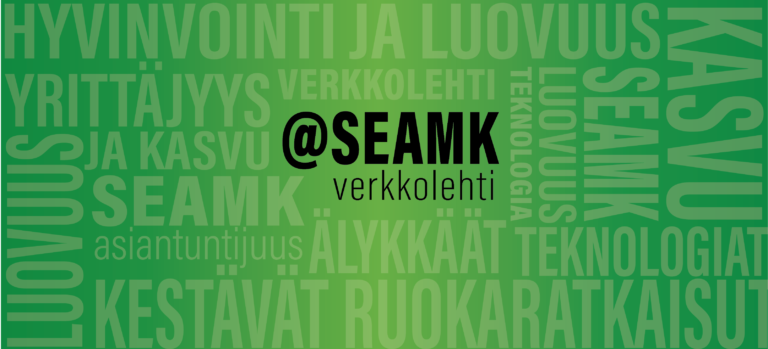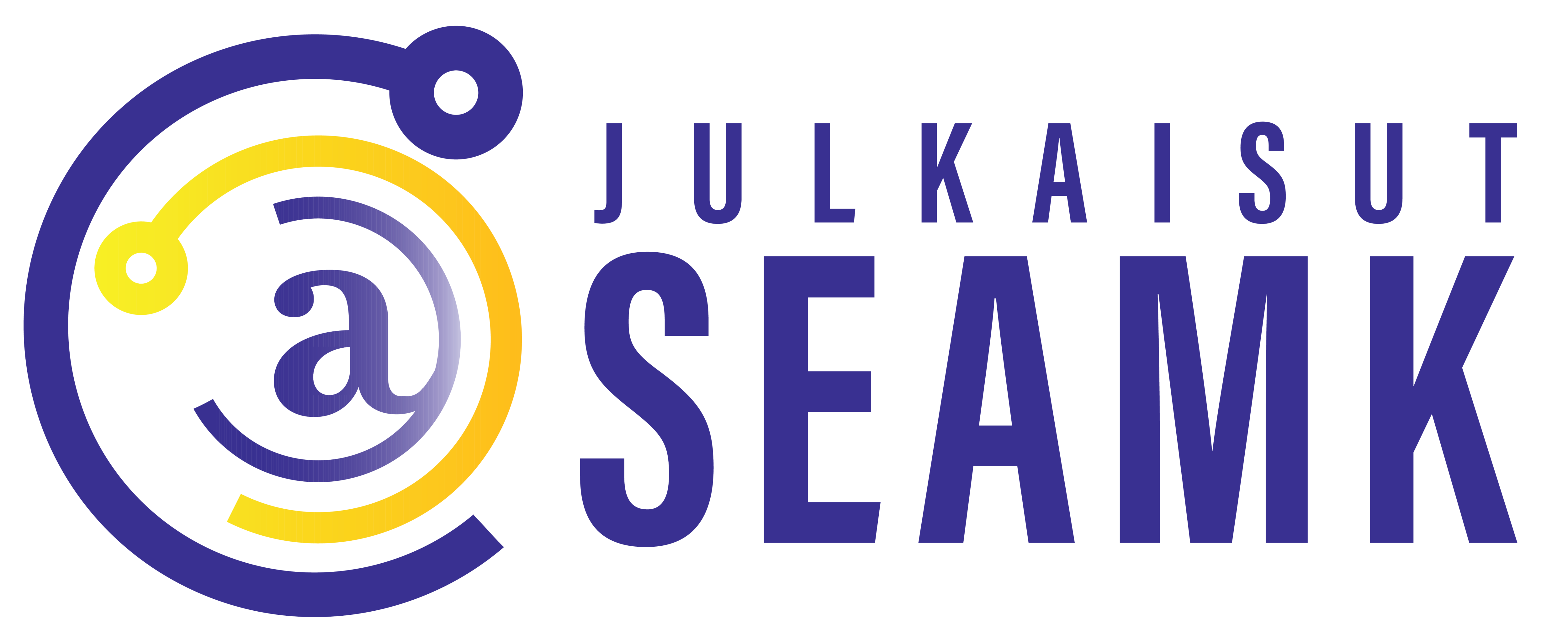Internationalization and trade of natural products in Finland and South Ostrobothnia

During Covid 19 there was an important reduction on international trade, indeed fell sharply with the effects of the pandemic, declining by more than 15 or 16 percent in the aggregate on products and by even more in services, tremendous reductions in travel, hospitality, education and other industries as well), this exceeded the effects of 2008 global financial crisis (Internationally monetary fund report, Jun 2022 https://openknowledge.worldbank.org/server/api/core/bitstreams/1292b7cc-9aa3-5b12-b363-fc69b87f5769/content and https://www.kuehnecenter.uzh.ch/impact_series/2020_12_15-20-03-pandemic_and_trade.html).
In 1950 global trade was US$ 62 Billion, in 1970 it was 318 billion dollars, in 1990 US$ 3.496 Billion, in 2010 US$ 15.297 Billion, in 2020 US$ 17.648 Billion, down from 2018 pick of 19.549 billion, but in 2023 went up to 31.000 billion, with an incredible increase in global trade. Since 1950 global trade has increased more than 315 Times
In the case of Finland, its record exporting trade year was in 2008 with close to 120 billion dollars and dropped by almost 30% to 85 billion in 2016, with 115 billion dollars in 2022, a tremendous recovery (Atlas of Economics Complexity- https://atlas.cid.harvard.edu/explore). South Ostrobothnia area is well known but its entrepreneurial spirit and agriculture exports, the region is often referred to as Finland’s “breadbasket” due to its fertile lands and favorable conditions for farming. South Ostrobothnia produces significant amounts of grain, dairy, meat, and other agricultural products with top export companies such as Atria, Valio and HKscan. In Finland agriculture exports have remained among 18 billion in the last decades, with around 14 billion in 1995, and almost 18 billion dollars today, with a good recover of 2 billion more sales in 2021 than 2020 that is good news for Finnish natural products exporters.
Today Finnish exporters could benefit from the good reputation and branding of Finland has a good quality and more environmentally friendly production and manufacturing. The agriculture exports use to go mainly to Europe but now Asia has diversified and has plenty of potential. International trade can be a game-changer for small businesses by providing growth opportunities, diversifying risks, and opening access to new sales and customers in different countries.
Since there are excellent improvements in logistics and technology you can take advantage, an easy way to start is to do direct export by setting up a good website and use regular mail services to send the products. Use E-commerce platforms, this could be unexpensive, buy a URL (name for your website), set a Hosting for the website, develop a company website with an e-commerce section. Introduction to global e-commerce platforms that are available. Is important to create a simple nice website (multiple languages) or using social media for international visibility. Usually these are not very expensive, and university students could help the entrepreneurs to do this.
In term of growth in exports in agriculture, 85% of all the 18 billion dollars are wood and pulp weed related products, but the main agriculture export of Finland, Paper and Peper board has reduced more than 25% from 2008 to 2021, from 10.250 million dollars to 7.700 million dollars, these exports have been replaced by other exports growing, Fish, Plants, food residues and wood (Atlas of economic complexity- https://atlas.cid.harvard.edu/explore).
In order to prepare and consider exports the most common considerations will be . product adaptation for the new markets, in terms of taste (flavors), packaging, product information, is important to review the need to adapt products to meet local regulations, standards, and consider specific needs or trends in the target market (e.g., organic products, local delicacies). Minor adaptations may be needed, such as labeling in a different language or complying with local standards. Example: A small honey producer might need to change packaging to comply with EU regulations if exporting to other European countries.
Is important to consider key regulations and certifications needed for exporting agricultural products in most of the countries (e.g., organic certification, food safety standards).
The cost of transport and navigating tariffs, customs, and import duties should be considered, what are the transportation options: air, sea, and land, and what will be the right distribution channels in the new markets: direct sales, local distributors, or online platforms.
The Market Entry Strategies refers to the exporting modality, could be direct exporting (website, own stores), joint ventures with local partners or partnerships. Is good to form relationships with local distributors, suppliers, and big customers.
Finland has a good ecosystem of organizations that support small and medium-sized enterprises (SMEs) in exporting their goods and services abroad. Some of them are Business Finland one of the most prominent organization in Finland supporting innovation, trade, investment, and tourism. It offers funding, advisory services, and market research to help companies enter and grow in international markets (businessfinland.fi), Finnvera is a state specialized financing company to help risk sharing in the international expansion of Finnish companies, especially for exporters, the local Chambers of Commerce, other helping organization is Team Finland is a network that brings together various public organizations (such as Business Finland, Finnvera, and Finnish embassies) to support companies’ internationalization and export efforts. At the European level you have Enterprise Europe Network (EEN) that is an EU-wide network with offices in Finland that helps SMEs grow and innovate internationally. They provide support in finding business partners, accessing funding, and navigating legal and regulatory frameworks in other countries.
Small companies looking to export to European markets need to comply with a range of regulations, standards, and best practices to succeed in international trade. There are several European Union (EU) guidelines, norms, and resources available online that small exporters can access to help ensure compliance and to help facilitate the process the portal Access2Markets is one of the most used for information on import/export procedures, tariffs, trade barriers, and product requirements, the other good source of information and guidance are International Commercial Terms (Incoterms) that refers to international trade terms used to define the responsibilities of sellers and buyers in international transactions. They are widely recognized and used across Europe.
There are multiple opportunities for exporting Finnish products, specially to European markets, but every year the Finnish exports are diversifying going to new Asian and American markets. The “Made in Finland” branding has help exports, it could be a strong brand support for exports, particularly in sectors where quality, innovation, sustainability, and ethical production are valued. However, businesses may need to consider pricing strategies and invest in your own brand awareness in new markets. For premium or niche products, the “Made in Finland” label can be a significant advantage. You could leverage of both using made in Finland and sustainability reputation to promote natural products.
Dario Liberona
Phd, Lecturer, Specialist International Business, Management and Circular Economy
SeAMK
The author is involved in a project funded by the Ministry of Agriculture and Forestry, entitled ‘Continuing Education in Natural Products Sector’. The project is coordinated by the Ruralia Institute of the University of Helsinki. SeAMK, Arctic Flavours Association and Lapland University of Applied Sciences are all partners in the project. This article is based on a lecture from the course ‘Development of Business Activities in the Natural Products Sector’, which is led by SeAMK.
Previously published articles:
Reunaehdot kone- ja laitehankinnoissa ja tuotantotilojen suunnittelussa | Julkaisut @SeAMK
Luonnontuotealalla on tärkeää tietää yritysmaailman keskeiset säädökset ja asiakirjat | Julkaisut @SeAMK
